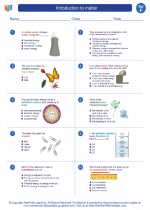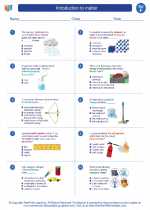Grasses
Introduction
Grasses are flowering plants with narrow leaves and hollow, jointed stems. They belong to the family Poaceae, which includes over 10,000 species. They are found in almost every habitat, from forests to deserts, and play a crucial role in ecosystems around the world.
Anatomy of Grasses
Grasses have unique features that distinguish them from other plants. Their leaves are long and narrow, with parallel veins. The stems, or culms, are usually hollow and jointed. The flowers are small and grouped into spikelets, which are arranged in various types of inflorescences, such as panicles or spikes.
Ecological Importance
Grasses are foundational species in many ecosystems. They provide food and habitat for a wide range of animals, including insects, birds, and mammals. They also play a crucial role in soil stabilization and erosion control. Furthermore, grasslands, which are dominated by grasses, are important for carbon sequestration and climate regulation.
Human Uses
Grasses have been cultivated for various purposes by humans for thousands of years. They are a staple food source for humans and livestock, providing grains such as rice, wheat, and corn. Additionally, grasses are used for thatching, basket weaving, and in the production of paper and biofuels.
Study Guide
Key Concepts
- Anatomy of grasses, including leaves, stems, and flowers
- Ecosystem services provided by grasses
- Human uses of grasses
Discussion Questions
- Why are grasses important in ecosystems?
- How have humans used grasses throughout history?
- What are the unique features of grass anatomy?
Activities
.◂Science Worksheets and Study Guides Sixth Grade. Introduction to matter

 Worksheet/Answer key
Worksheet/Answer key
 Worksheet/Answer key
Worksheet/Answer key
 Worksheet/Answer key
Worksheet/Answer key
 Vocabulary/Answer key
Vocabulary/Answer key
 Vocabulary/Answer key
Vocabulary/Answer key
